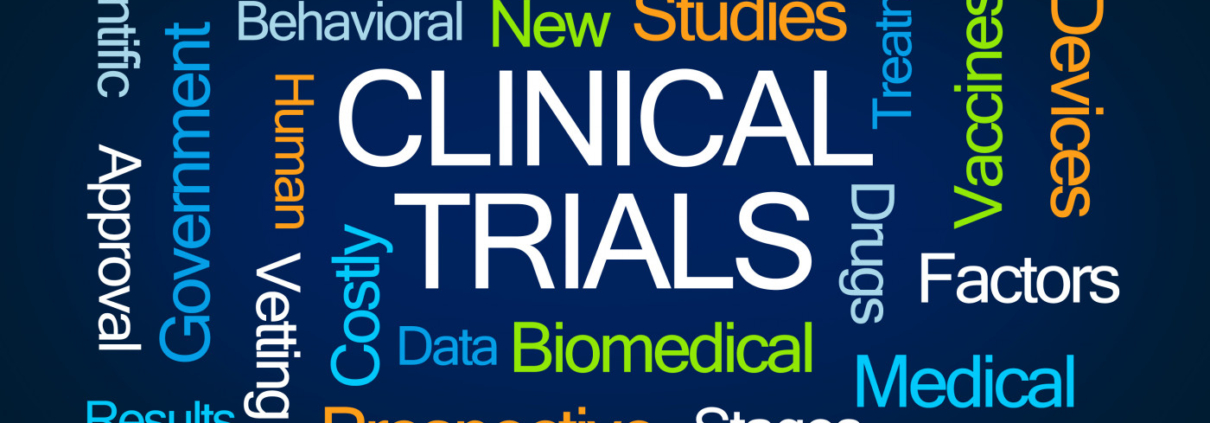Role of Spanish and Italian Translation for Rare Disease Registries and Clinical Trials
Rare diseases are frequently monitored in registries and tests by medical professionals and researchers. These registries collect data on people who have rare illnesses. This helps build knowledge and improve care. When studies include victims from Spain or Latin America, they need clear language. That is where professional Spanish translation services help. Words must carry meaning accurately so patients and doctors can take part safely and fully.
Why Rare Disease Data Needs Clear Language
Rare disease papers use specific names for genes, symptoms, and treatments. If terms are unclear, researchers may misread results. In a Spanish study, a mistranslated medical term can change diagnosis. Patients could end up receiving the wrong treatment or being left out of important trials. So, accurate translation means safer, fairer care for people with rare health conditions.
Accurate Records Build Trust
People with rare illnesses often feel isolated. They want to join registries and trials to help others and find hope. If the consent form or patient survey is confusing, they may not join. When medical text is well translated into Spanish and is easy to read, participants feel seen and safe. Trust grows, and more people can join the study.
Italian Language in Clinical Trials
Italy hosts many rare disease studies. Sometimes, participants must read detailed trial terms. A plain Italian must carry science and care side by side. Using Italian translation services that understand science and compassion ensures patients know what they sign up for.
For example, if a trial needs steps like “take medicine” or “report side effects,” those words must be accurate and gentle. In Italian, words must not sound scary while still being clear. That ensures patients can follow instructions without fear.
Bringing International Teams Together
Registries often gather data from many countries. A European study may include Spain, Italy, France, and more. When Spanish and Italian data are translated clearly into English, teams can combine the numbers accurately. For example, if Italian doctors describe symptoms slightly differently, translators must catch that and match terms exactly across languages.
This teamwork helps scientists spot patterns and trends. They can then recommend therapies that work across regions. Precise translation unites researchers, clinicians, and patients into one chorus of knowledge.
Patients Are Partners, Not Just Data Points
Every patient entry in a registry is a real person’s story. Age, location, family history, these details matter. When patients enter information in Spanish or Italian, the registry must understand their words as intended.
Educating Doctors and Families
Families want to learn about rare diseases in their own words. Doctors need guides in clear language, not papers full of jargon. Translated brochures, webinars, and guides help both sides understand the condition and the trial purpose.
Quality Over Speed
Some translation tools rush and lose accuracy. In clinical trials, errors can harm someone down the road. If consent forms get mistranslated, someone may think they will be paid when they will not. Or they may miss blood draw instructions.
That’s why registries work with trusted partners. Teams like MarsTranslation bring medical knowledge and language skills. They proofread every line, especially those patients will read. That care prevents confusion and builds trust that lasts through the study.
Combining Data from Spain and Italy
European registries often mix Spanish and Italian data. Example: a rare storage disease registry gathers data from Madrid and Rome. If local terms for symptoms don’t match, numbers won’t align.
Translators help unify terms. They ensure code names match. That lets databases run queries accurately. Researchers can then produce insights that serve both countries.
Clear Consent Saves Lives
Many clinical trials require consent that mentions genetic testing, sample use, data sharing, and future options. These consent forms must remain clear in Spanish and Italian.
When a patient reads the Italian consent, they must understand words like raccolta dei campioni biologici (collection of biological samples). A smooth, gentle tone avoids fear and confusion. It honors the person behind the form.
Language and Inclusivity in Rare Disease Reach
Translators make registries more inclusive. Spanish covers Latin America, parts of Africa, and Spain. Italian covers Italy, Swiss regions, and small Italian-speaking groups. When these languages are honored, more people can say, “I belong.” That helps studies get richer, more diverse data.
Digital Tools, Built for Meaning
Online platforms for rare disease data must display forms in Spanish and Italian that read naturally. When tools respond in native language, patients and doctors feel less afraid. People with rare diseases already face fear. Clear digital language helps reduce it.
Research Reports That Speak in Native Tongues
At the end of a trial, researchers share findings. If they send plain English reports, doctors may ignore them. Translated summaries in Spanish and Italian that keep meaning help doctors use data in real clinics.
For instance, a report in Spanish helps clinicians connect better than a technical translation. That knowledge helps doctors treat patients better.
Long-Term Impact: Knowledge That Lasts
Every accurate translation means better study designs, safer trials, and more ethical outcomes. Families who join rare disease research feel their words matter and their children are seen. Over time, this builds trust in science within communities. And trust produces breakthroughs.
Final Words!
Science moves fast in precision care. But human care moves even faster when language lets people understand each other. In rare disease registries and clinical trials, words must carry not only data, but clarity, empathy, and respect. Spanish and Italian translations make that possible.



Leave a Reply
Want to join the discussion?Feel free to contribute!